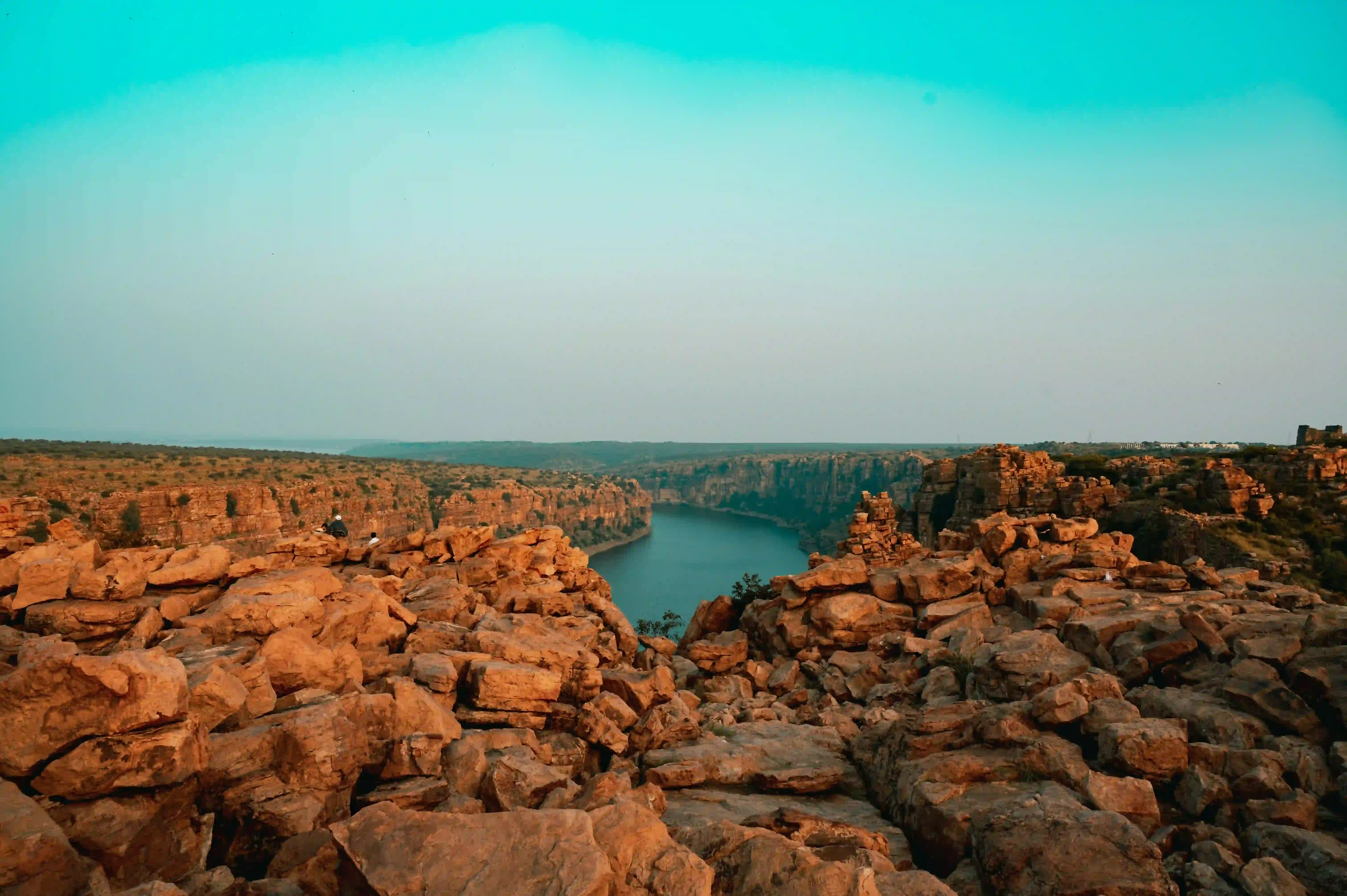Nestled in the heart of Odisha, Satkosia Tiger Reserve represents a critical ecological haven where the Deccan Peninsula and Eastern Ghats converge. This remarkable landscape spans 523.61 square kilometers, offering a sanctuary for diverse wildlife and complex ecosystems. The reserve's terrain, characterized by hilly landscapes and narrow valleys, provides critical habitats for numerous species, including tigers, elephants, and rare reptiles.
The Mahanadi River carves a dramatic 22-kilometer gorge through the reserve, creating a stunning geological backdrop that defines the region's natural beauty. This geographical feature not only provides a critical water source but also shapes the unique biodiversity of the area. The river's flow and surrounding landscapes support a rich mosaic of flora, including sal, asan, and bamboo forests that create intricate ecological networks.
Conservation efforts at Satkosia have been both pioneering and challenging. The Gharial Research and Conservation Unit, established in 1975, represents a significant milestone in wildlife preservation, particularly in reptile conservation. However, the reserve's management has faced complex challenges, including wildlife-human conflict, fund management issues, and ambitious yet problematic conservation initiatives like the tiger translocation project.
The reserve's ecological significance extends beyond its wildlife. It serves as a crucial corridor for elephant migrations and supports a complex web of interdependent species. The landscape harbors leopards, wild boars, sloth bears, and multiple deer species, each playing a vital role in maintaining the ecosystem's delicate balance. This biodiversity makes Satkosia not just a wildlife sanctuary, but a living laboratory of ecological interactions.
Local communities have deep, intricate relationships with the reserve, adding layers of cultural complexity to its ecological narrative. Traditional knowledge and practices of surrounding villages have long been intertwined with the landscape's conservation. However, this relationship is not without tension, as conservation strategies sometimes conflict with local livelihood needs, necessitating nuanced management approaches.
The reserve's geological composition adds another dimension to its ecological narrative. Moderate to steep slopes, interspersed with narrow valleys, create microclimates that support varied vegetation and wildlife. These topographical features have been instrumental in shaping the reserve's unique ecological character, offering refuge and adaptation spaces for numerous species.
Management of Satkosia represents a microcosm of broader conservation challenges in India. The tiger translocation project, while ambitious, highlighted the complexities of wildlife conservation. Issues of fund management, highlighted by wildlife activists like Biswajit Mohanty, underscore the need for transparent, scientifically rigorous conservation strategies that balance ecological preservation with community needs.
As a critical component of the Mahanadi elephant reserve, Satkosia continues to play a pivotal role in wildlife conservation. Its significance extends beyond immediate ecological preservation, representing a critical research and conservation site that offers insights into complex ecological interactions, wildlife management strategies, and the delicate balance between human development and natural preservation.






